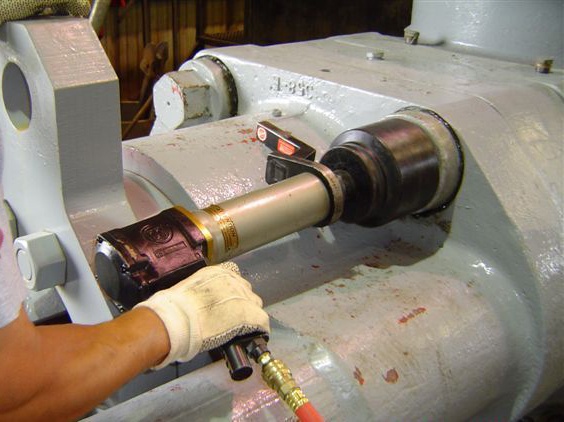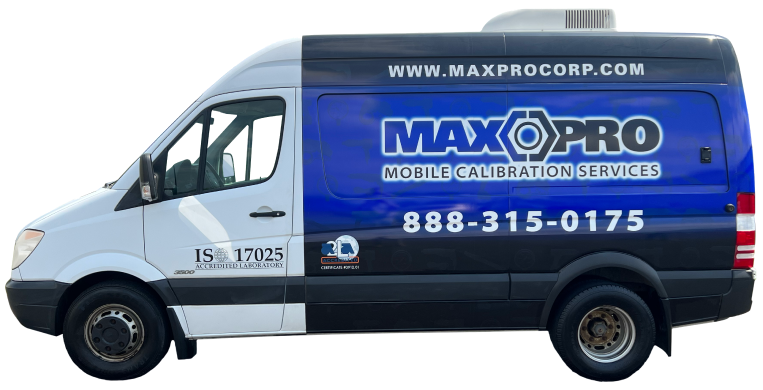
Valued for their durability, A325 bolts are the most common types of bolts used in bridge and heavy construction projects.
In this blog post, we’re going to look at structural joint specifications relating to these bolts, as set by the Research Council on Structural Connections.
Types of ASTM Bolts
The RCSC guide lists three main bolt types:
- A325 bolts – Made from high-strength medium carbon steel, and the most common bolts found in building construction
- A490 bolts – Made from high-strength heat-treated steel
- A307 bolts – Made from low carbon steel, which are less common and used only for secondary members

According to the Federal Highway Administration, A325 bolts should be used whenever possible in bridge and heavy construction work. As the strength of steel grows, the more sensitive it becomes to hydrogen stress cracking and stress corrosion.

“A490 bolts are more susceptible to brittle fracture than A325 bolts, which are 120/105 minimum tensile steel strength,” the FHA says, quoting the Guide to Design Criteria for Bolted and Riveted Joints. “The use of A490 bolts should be thoroughly evaluated prior to being included in a structure.”
When these bolts are included, the FHA says these items should be included in specifications or inspection requirements:

First of all, A490 bolt specifications should be reviewed after the fasteners are received to make sure the tensile strength is within the limits of the specification.
Secondly, there’s the rotational capacity (RC) test on all fastener assembly lot combinations, performed by the manufacturer/distributor and by the fabricator/contractor. This test should follow A325 procedures, with the appropriate A490 tension values.
The required rotations for the RC test are:
- 2/3 turn for bolt lengths four times the bolt diameter or less
- One turn for bolt lengths greater than four times the bolt diameter but no more than eight times the bolt diameter
- One and 1/16 turn for bolt lengths greater than eight diameters but not more than 12 times the bolt diameter
When performing this test, be sure to observe the maximum tension values to assure they do not exceed the upper limits of the specification. In addition to the RC test requirements, fasteners should be rejected if the bolt tensions are outside the specified limits.
Whether you’re working with A325 or A490 bolting applications, Maxpro has the tools and the testing equipment to ensure your job is performed quickly, safely and with accuracy.
Whether you’re working with A325 or A490 bolting applications, Maxpro has the tools and the testing equipment to ensure your job is performed quickly, safely and with accuracy.
We sell and rent torque wrenches from RAD and can calibrate torque tools at our A2LA-accredited calibration lab, or – for construction clients within a reasonable driving distance – through our mobile service program.
At Maxpro, we recognize that bridge and heavy construction projects allow no room for error and we are committed to helping you use the right tool for every job.





